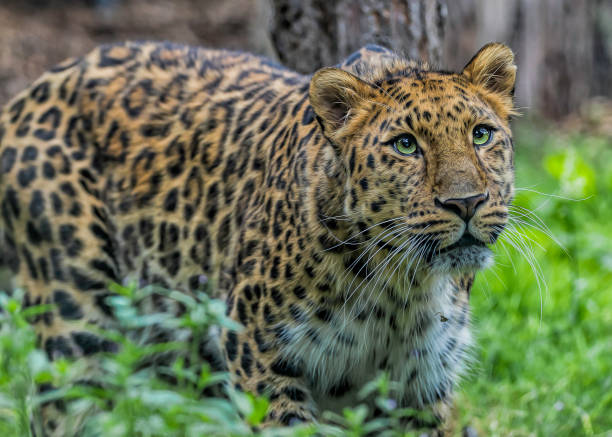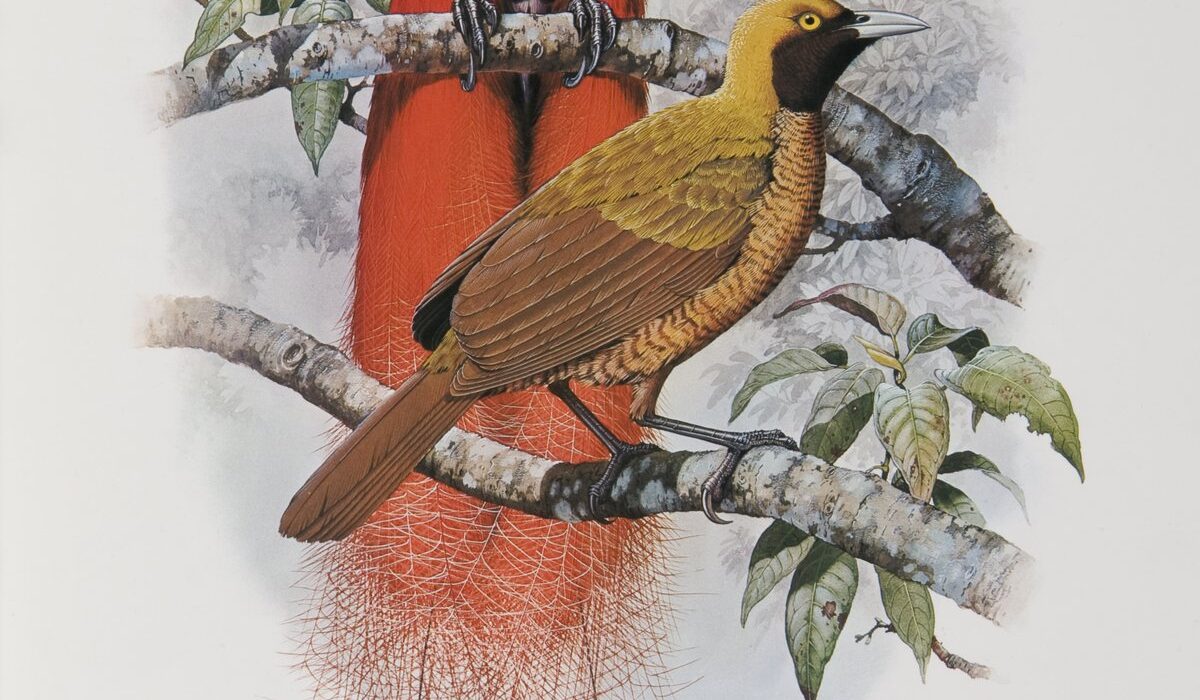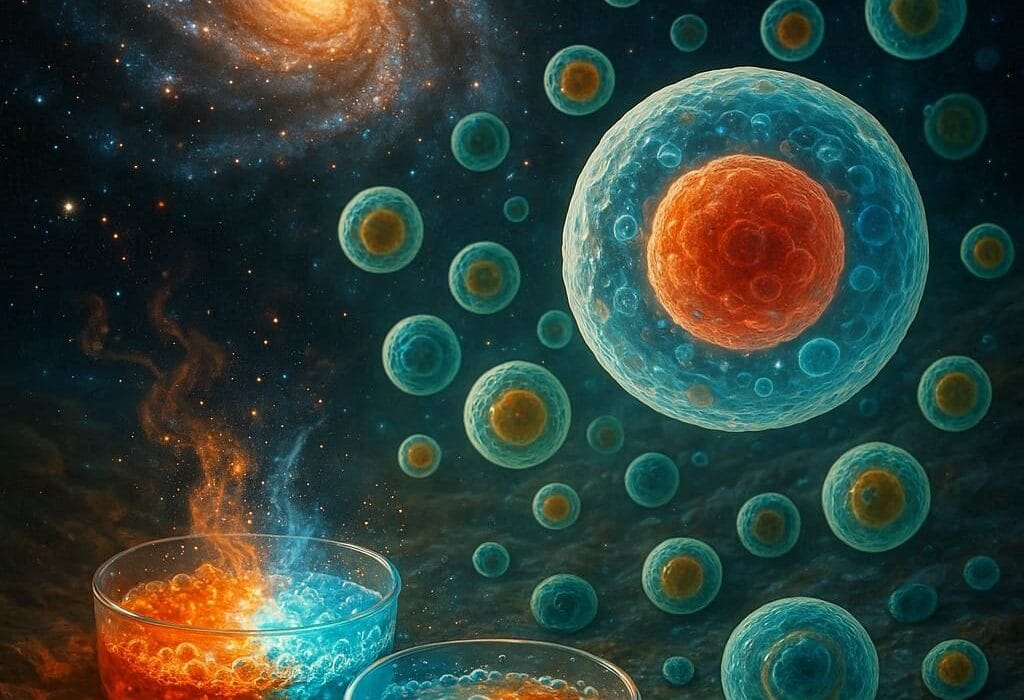The world is alive with breathtaking diversity. From the soaring call of a whale echoing across the ocean to the quiet rustle of a tiger in the grass, every species on Earth contributes to the intricate web of life. Yet many of these creatures are slipping away before our eyes. Human activity—deforestation, climate change, pollution, and poaching—has pushed countless species to the brink of extinction. Some may vanish within our lifetimes, leaving behind empty habitats and silenced voices.
Scientists, conservationists, and communities around the world are working tirelessly to protect endangered species. Their mission is not only to save animals from extinction but also to preserve ecosystems, cultures, and the delicate balance of nature itself. Here, we explore ten of the most endangered species that humanity is fighting to save, each one a symbol of both fragility and resilience.
1. Amur Leopard
The Amur leopard (Panthera pardus orientalis) is one of the rarest big cats on Earth. With fewer than 130 individuals left in the wild, this leopard lives on the border of Russia and northeastern China, enduring some of the harshest winters known to big cats. Its thick, pale fur, patterned with rosettes, provides camouflage in snowy landscapes.
Threats to the Amur leopard include habitat loss due to logging, poaching for its beautiful coat, and depletion of prey. For decades, the species was on the verge of extinction. However, strict conservation measures, including anti-poaching patrols and habitat restoration, have given the leopard a fighting chance.
Every cub born is a victory. Each paw print in the snow is a reminder that even on the edge of disappearance, life fights to endure. Scientists and conservationists remain hopeful that, with continued efforts, this ghost of the Russian forests will reclaim its rightful place in the wild.
2. Yangtze Giant Softshell Turtle
The Yangtze giant softshell turtle (Rafetus swinhoei) is the most endangered turtle species in the world. With fewer than five known individuals remaining, it is teetering on the very edge of extinction. This freshwater turtle is native to China and Vietnam, where it once thrived in rivers and lakes.
Its decline is the result of habitat destruction, overfishing, and pollution of waterways. For centuries, it was hunted for food and traditional medicine, driving populations down to near zero. Today, scientists are engaged in desperate efforts to breed the few remaining turtles in captivity.
The survival of this species represents more than just one turtle—it symbolizes the fragility of freshwater ecosystems that sustain countless other forms of life. Saving the Yangtze giant softshell turtle is not just about preserving a creature; it is about restoring balance to rivers and lakes that have supported civilizations for millennia.
3. Vaquita
The vaquita (Phocoena sinus) is a small porpoise that lives in the northern part of the Gulf of California, Mexico. With fewer than 20 individuals believed to be alive today, it is considered the most endangered marine mammal in the world.
The vaquita is shy and elusive, rarely seen by humans. It has a small, rounded body with dark rings around its eyes, giving it an almost gentle, playful appearance. Yet its fate is anything but playful. The biggest threat to vaquitas is bycatch—entanglement in illegal gillnets used for fishing another endangered species, the totoaba fish.
Scientists, conservationists, and local communities are racing against time to save the vaquita. Marine sanctuaries, gillnet bans, and international cooperation offer a glimmer of hope. But unless humanity acts decisively, this shy porpoise may soon disappear forever, leaving an empty ocean where its whistles once echoed.
4. Sumatran Orangutan
The Sumatran orangutan (Pongo abelii) is one of humanity’s closest relatives, sharing about 97% of our DNA. Native only to the Indonesian island of Sumatra, these gentle, intelligent primates are critically endangered, with fewer than 14,000 individuals left in the wild.
Orangutans are known for their long, reddish hair, strong arms, and deep, soulful eyes. They are masters of the forest canopy, spending most of their lives swinging through trees. Yet their forests are disappearing rapidly, cleared for palm oil plantations, logging, and agriculture.
In addition to habitat loss, orangutans are threatened by poaching and illegal pet trade. Mothers are often killed so that their babies can be sold. Conservationists are working tirelessly to protect habitats, rehabilitate rescued orangutans, and raise awareness about sustainable palm oil.
When an orangutan looks at us, it feels like a mirror to our own humanity. Their survival is not only about saving a species—it is about protecting a part of ourselves.
5. Hawksbill Sea Turtle
The hawksbill sea turtle (Eretmochelys imbricata) is a critically endangered reptile found in tropical oceans. Known for its strikingly patterned shell, the hawksbill has long been hunted for “tortoiseshell” jewelry, pushing it toward extinction.
Hawksbills play a vital role in coral reef health, feeding on sponges and preventing them from outcompeting corals. Without hawksbills, reef ecosystems could collapse, affecting thousands of marine species.
Their decline is driven by illegal trade, egg collection, climate change, and the destruction of nesting beaches. Rising sea levels threaten their nesting grounds, while warming oceans disrupt their food sources.
Conservation efforts include protecting nesting beaches, banning the tortoiseshell trade, and rescuing injured turtles. Every hatchling that makes it to the sea carries the fragile hope of survival. Saving the hawksbill is not just about protecting turtles—it is about preserving the oceans themselves.
6. Axolotl
The axolotl (Ambystoma mexicanum), also known as the “Mexican walking fish,” is a fascinating amphibian that has captured the imagination of scientists and the public alike. Unlike most amphibians, axolotls retain their larval features throughout life, including feathery external gills and a perpetually youthful appearance.
Once abundant in the lakes around Mexico City, axolotls are now critically endangered. Urbanization, pollution, invasive species, and habitat destruction have nearly wiped them out in the wild. Ironically, while wild populations decline, axolotls thrive in laboratories, where they are studied for their remarkable ability to regenerate limbs, spinal cords, and even parts of their brains.
The axolotl is not only a symbol of Mexico’s natural heritage but also a potential key to breakthroughs in regenerative medicine. Saving it requires restoring the ancient lakes and wetlands where it belongs, ensuring that this “Peter Pan” of the animal kingdom does not vanish into myth.
7. Saola
Often called the “Asian unicorn,” the saola (Pseudoryx nghetinhensis) is one of the rarest and least-known animals on Earth. Discovered only in 1992 in the forests of Laos and Vietnam, the saola is a striking antelope-like creature with long, slender horns.
Saolas are so elusive that they have rarely been seen in the wild. They are critically endangered due to habitat loss and hunting, often caught in snares set for other animals. Their population numbers are unknown, but scientists believe only a few hundred—or perhaps fewer—remain.
Efforts to protect the saola include anti-poaching patrols, establishing protected areas, and engaging local communities in conservation. The saola reminds us that the natural world still holds secrets, and that some species teeter on the edge before we even fully understand them.
8. Indian Pangolin
The Indian pangolin (Manis crassicaudata) is one of eight species of pangolins—small, nocturnal mammals covered in protective scales. Often called “scaly anteaters,” pangolins are highly adapted insect-eaters, rolling into a ball when threatened.
Sadly, pangolins are the most trafficked mammals in the world. Their scales are highly valued in traditional medicine, and their meat is considered a delicacy in some cultures. Despite international protections, illegal poaching continues to devastate populations.
The Indian pangolin, found across South Asia, faces declining numbers due to habitat loss and trafficking. Conservationists are working to enforce anti-poaching laws, rescue trafficked pangolins, and educate communities.
The survival of pangolins is a test of humanity’s willingness to protect vulnerable species from exploitation. Their gentle nature and ecological role as pest controllers make them vital to ecosystems, even as they vanish under human pressure.
9. Kakapo
The kakapo (Strigops habroptilus) is a large, nocturnal, flightless parrot native to New Zealand. Once abundant, the kakapo nearly went extinct due to introduced predators such as cats and rats, as well as habitat destruction.
By the 1990s, only around 50 kakapos remained. Today, thanks to one of the most intensive conservation programs in the world, their numbers have climbed to over 250. Each bird is individually monitored, named, and cared for by conservationists.
Kakapos are unique in many ways—they can live up to 90 years, are excellent climbers, and emit a deep “booming” call during mating season. Their survival story is one of hope, showing what can be achieved with dedication, science, and community support.
The kakapo is more than a parrot—it is a national treasure of New Zealand and a symbol of how humans can turn the tide of extinction when we choose to act.
10. Blue Whale
The blue whale (Balaenoptera musculus) is the largest animal to have ever lived on Earth. Growing up to 100 feet long and weighing as much as 200 tons, blue whales are giants of the oceans, yet they feed almost exclusively on tiny krill.
Once abundant, blue whales were hunted to the brink of extinction during the 20th century for their oil and meat. Despite a global ban on whaling, they remain endangered due to ship strikes, entanglement in fishing gear, climate change, and noise pollution.
Today, conservation efforts focus on protecting feeding grounds, regulating shipping routes, and monitoring populations. Hearing the haunting songs of blue whales beneath the waves is a reminder of what we stand to lose if these giants disappear.
Their survival is not only about preserving a species but about honoring the majesty of life itself. The oceans would be infinitely emptier without the presence of these gentle giants.
Conclusion
Each of these species—the Amur leopard, vaquita, orangutan, and more—tells a story of resilience, beauty, and fragility. They are reminders that extinction is not inevitable if we act with urgency and compassion. Protecting endangered species is not only about saving animals; it is about safeguarding ecosystems, cultures, and the very future of our planet.
Every effort to save a species is a declaration of hope: that humanity values life, diversity, and the wonders of the natural world. Whether through reforestation, anti-poaching patrols, or changing our consumption habits, each of us has a role to play.
The fight to save endangered species is, ultimately, a fight to save ourselves. For when we lose them, we lose a part of the Earth’s story—a story we all share.






